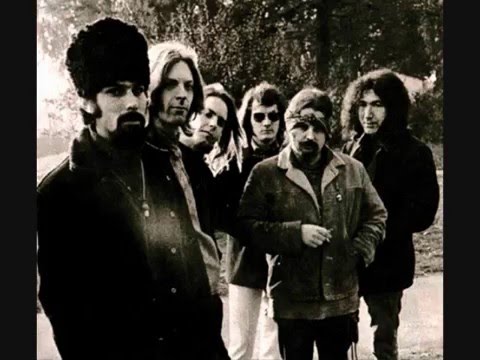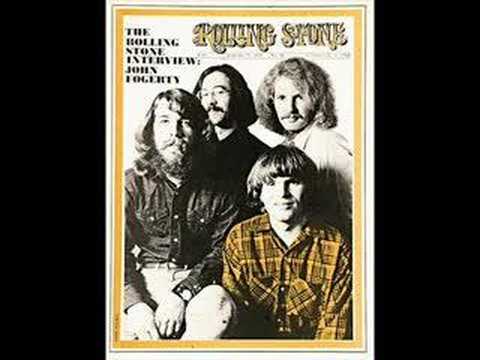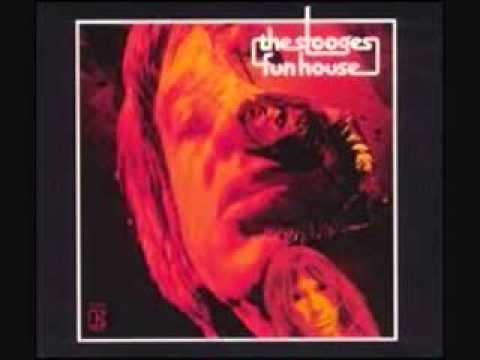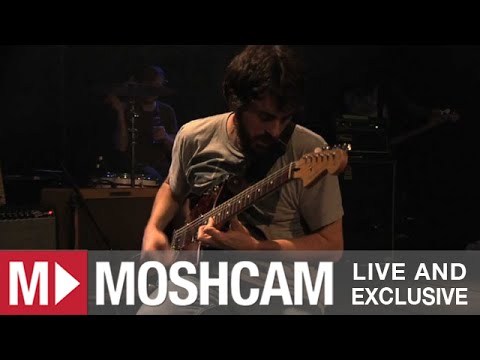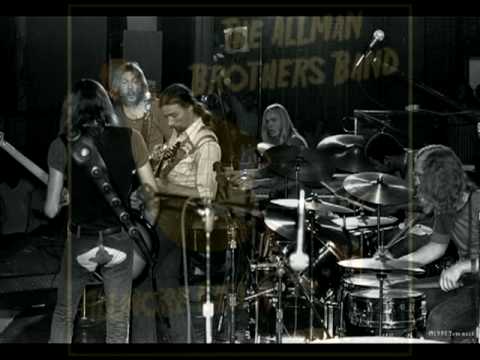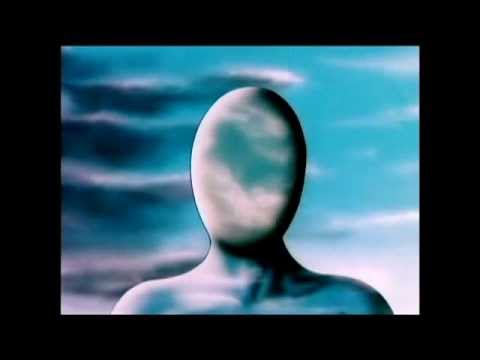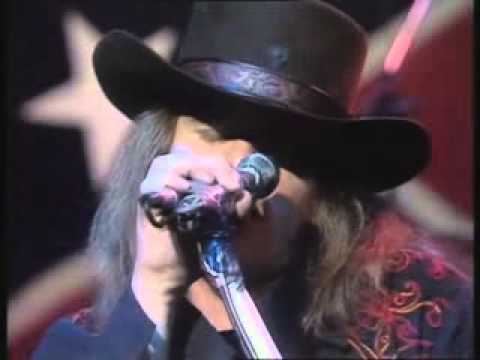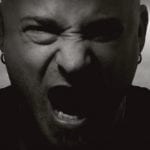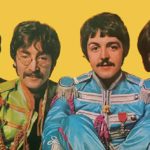From the Grateful Dead’s ninth studio album comes a more symphonic and progressive sound, complete with the sixteen minute suite of “Terrapin Part One.” While considered to be a departure from their earlier style, Terrapin was written by Robert Hunter, while sitting in a home that overlooked San Francisco Bay during a thunderstorm. Typing the first thing that came to mind, the title Terrapin Station was conceptualized. The next day Hunter met with Jerry Garcia, showing him the lyrics, to which Garcia responded “I’ve got the music.” The rest is in the rhythm.
Voted as best track of 2007, by readers of the Dutch Progressive Rock Page, “Anesthetize” is an eerie and epic soundscape to enter, divided into three parts, of which the second part is known as “The Pills I’m Taking.” The song’s first section contains a guitar solo from Alex Lifeson, of Rush. “Anesthetize” was written along with the rest of the Fear of a Blank Planet album, in 2006, while Steven Wilson was in Tel Aviv, and working on the second Blackfield album. It is their longest studio composition, beside “The Sky Moves Sideways (Phases 1 & 2).”
Off Cosmo’s Factory, this genre-defying cover hint-hint of Smokey Robinson & the Miracles’ (or more realistically, Marvin Gaye’s version) single starts out with a rumbling, throbbing bassline, while throughout the song a southern rock voice is heard repeating the phrase ‘I heard it through the grapevine.’ The second phase of this song consists of jamming, and various takes of the musical progression of the notes to the lyrics, all of which live up to their inclusion on this list.
Written while lead guitarist Michael Schenker was still a part of the heavy metal band, Scorpions, his influence and guitar-work is hauntingly present on this last song of the album (which is also the title track). Perhaps their early work is put best by vocalist Klaus Meine: “With Lonesome Crow, we were just a young band trying to find our way, trying to shape an artistic style, to find the Scorpions DNA. There was a ballad with ‘In Search Of Peace Of Mind,’ and a psychedelic rocker with the title track, ‘I’m Goin’ Mad,’ (which) was a great rocker with Michael Schenker playing great solos. We were just a young band with talented guys, with no idea on where to go from here.”
Found on the 2005 reissue of the 1970 album, Fun House, this protopunk outtake is sharp enough to compare and contrast to the original. With a bounding bassline and complimentary rhythm to match, Iggy shrieks and howls through this piece of music that holds up to the title of “Fun House” fairly well, as a punk jam session. The album Fun House is widely considered to be a significantly influential album to punk music, with many artists drawing inspiration from The Stooges in general.
With our foray into post-rock, we have come across Explosions in the Sky’s 10 minute climax, “The Only Moment We Were Alone.” Most post-rock utilizes instrumental prowess, and shares similarities to a traditional canon, some even have made-up languages to accompany the songs (see Sigur Ros). I will leave you with a quote from the youtube page, that I believe exemplifies the song: “I just lived an entire lifetime listening to this song. I was born, grown, molded, broken, torn, mended, healed, loved, hated, created, destroyed, remembered, forgotten, taken, held, accepted, settled, and died. I think I’ll listen again…”
An alternative rock song recorded in the spring of 1992: Corgan reported that the inspiration for the song came from a fan who said her name was Starla, a name he subsequently admired. While writing the song, Corgan discovered the fan’s name was actually Darla. The final five minutes consist of a guitar solo, a solo that was recorded at 7:00 in the morning, and in which Corgan claims a police siren can be heard at the beginning, due to the apartment they were recording in not being soundproofed.
In the Southern Rock field there aren’t many contenders for long songs (besides the obvious), but the length of the At The Fillmore East version of “Whipping Post” blows others out of the water. Written by Gregg Allman, in 1969, when he was asked to compose more songs for his brother’s band, with the lyrics of the song being sporadically scrawled on an ironing board cover during a moment of inspiration. While the studio version clocks in at about five and a half minutes, the live version continues for an additional seventeen minutes filled with jazz, blues, classical and other rock influences.
Many will say this is merely a concept album with 12 tracks, but still others insist that this album is a full song, at almost two hours in length. Made by modern progressive rock band Transatlantic, it is their third studio album, and to truly showcase it as one song they indexed it as one track on their third live album.
“Shine on You Crazy Diamond” is Pink Floyd’s tribute to founding, and former, band member, Syd Barrett. The song was originally supposed to be a one track suite, like “Echoes” and “Atom Heart Mother,” and was not initially written with Barrett in mind, but was ultimately split into two tracks that began and ended the album. It has been reported that during the recording of “Shine on You Crazy Diamond,” Syd Barrett actually showed up at Abbey Road Studios, on June 5, 1974, bloated and with a shaved head and eyebrows. Because of his drastic and severe change in appearance, the band didn’t recognize him, at first. When they eventually recognized Barrett, Waters was reduced to tears as the signs of his deteriorating condition were evident. Supposedly, when Wish you Were Here was played “He (Barrett) stood up and said, ‘Right, when do I put my guitar on? ‘And of course, he didn’t have a guitar with him. And we said, ‘Sorry, Syd, the guitar’s all done.’” – Richard Wright
Lord knows I can’t change.
